Unlocking Supply Chain Efficiency with Multimodal Transport in 2025
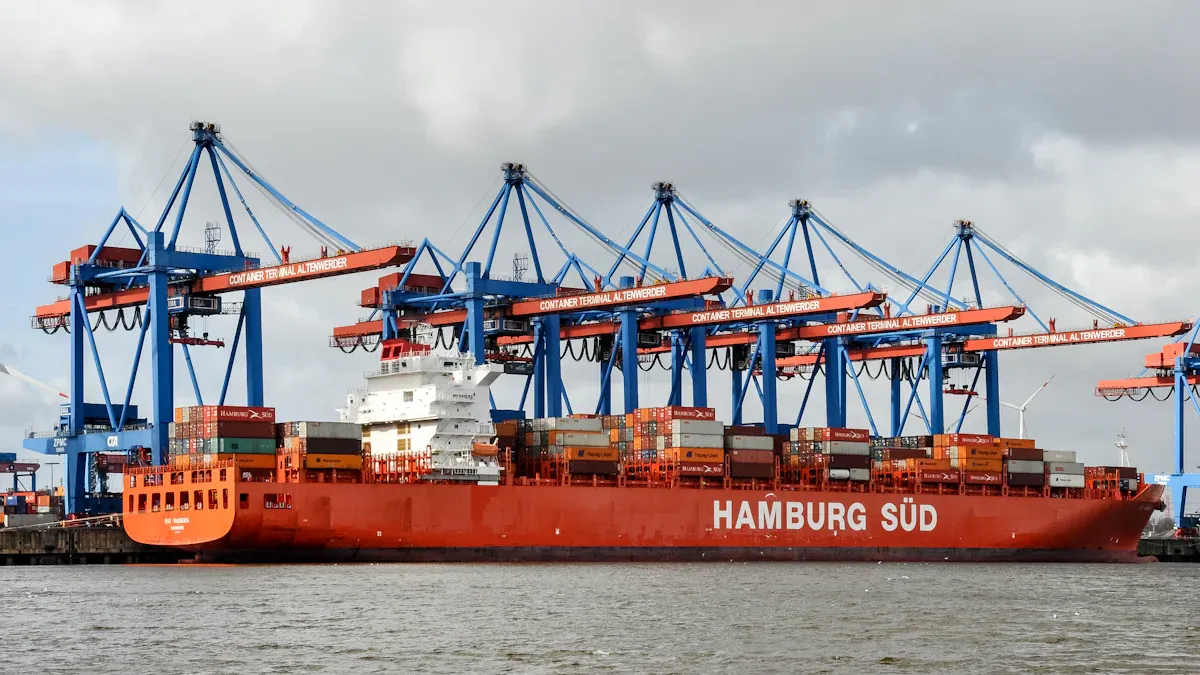
Multimodal transport brings a new way to make supply chains work better in 2025. You deal with hard supply chain systems, changing rules, and sudden problems. Advanced platforms like JUSDA’s solutions help you solve these problems.
Metric | Value |
|---|---|
International Multimodal Transport Market Size (2024) | USD 107.5 billion |
Projected Market Size (2033) | USD 204.9 billion |
CAGR (2026-2033) | 8.2% |
Largest Market Region | North America |
Fastest Growing Region | Asia-Pacific |
Key Takeaways
Multimodal transport makes shipping easier. It uses one contract and company to move goods with different transport types. This saves time and cuts down on delays.
Smart technology like real-time tracking and AI helps companies plan better routes. It also lowers costs and makes deliveries faster. These tools help keep goods safe and protect the environment.
Picking the right transport modes is important. Working closely with partners on digital platforms helps too. This makes the supply chain more flexible. It also lowers risks and makes customers happier.
Multimodal Transport in Modern Supply Chains
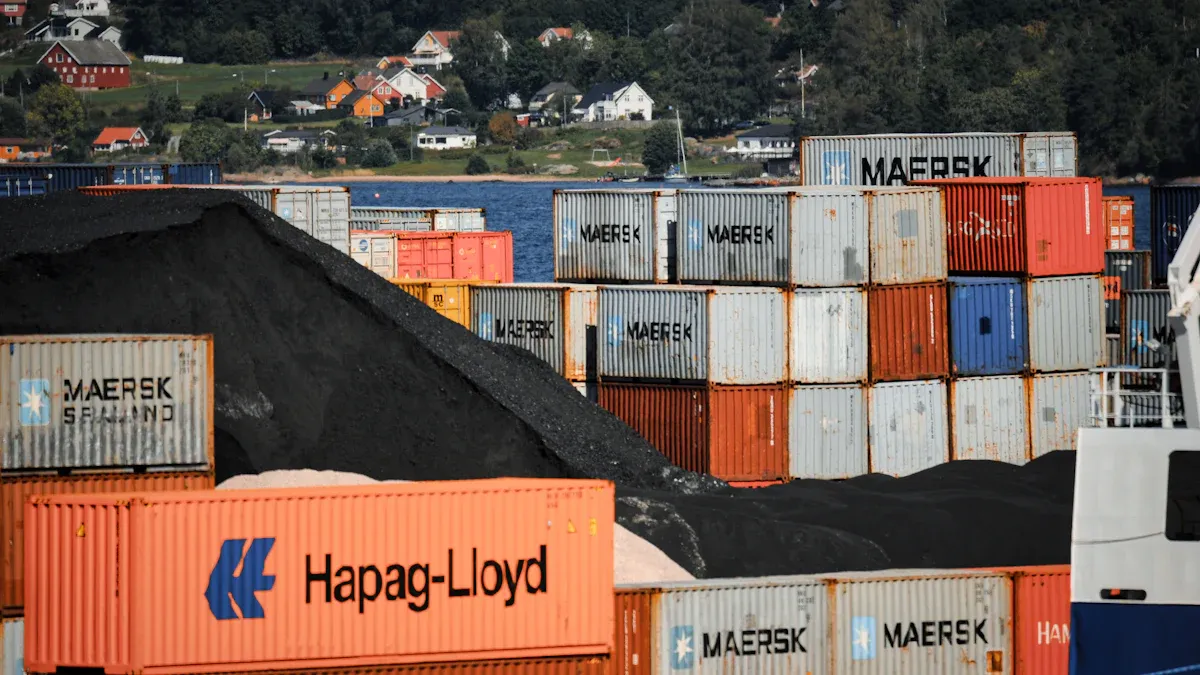
What Is Multimodal Transport?
Multimodal transport means moving goods with two or more types of transport. You use one contract for the whole trip. This can include road, rail, sea, or air. All these work together in one plan. You only talk to one company about your shipment. This makes things easier to handle. Multimodal transport lets you change routes if needed. It helps you save time and money. You get one shipping solution for everything. Communication is better at every step.
Many transport types work together under one contract
You can choose different ways to move goods
It saves time and money
Customers get one simple solution
Communication is better for each transfer
Multimodal vs. Single-Mode and Intermodal
You might wonder how multimodal transport is different. Single-mode uses just one way, like only trucks or only ships. Intermodal uses more than one way, but you need many contracts and companies. Multimodal is special because you only need one contract and one manager. This means less paperwork and fewer delays.
Factor | Intermodal Transport | Multimodal Transport |
|---|---|---|
You need more than one contract | You only need one contract | |
Management Complexity | It is harder because of many companies | It is easier with just one company |
Cost Implications | You might pay less if you pick the best company | You may pay more, but get full service |
Flexibility | You can pick from many companies and routes | You have fewer choices for company and route |
Logistics Coordination | You must work with many people | One company handles all the steps |
Risk of Delays | Delays can happen more often | Fewer delays because one company manages it all |
Shipping Cost | Costs can be lower if you choose well | Costs may be higher, but service is complete |
Movement of Cargo | Many companies move your goods | One company moves your goods |
Suitable For | Good for long, hard, or cheap shipments | Good for simple, fast, or door-to-door shipments |
Why Multimodal Transport Matters in 2025
In 2025, supply chains are more complicated. Multimodal transport helps you make your logistics better. It uses real-time data and cuts down waiting times. You can keep your goods safe with geofencing. Your supply chain works faster and better. Companies like JUSDA use smart technology and a big network. They help you ship goods all over the world. This helps you trade with other countries and find new customers. You can manage your stock better and get faster deliveries. Multimodal transport is now very important for supply chains and shipping. It helps your business get ready for the future.
Benefits and Technologies of Multimodal Transportation
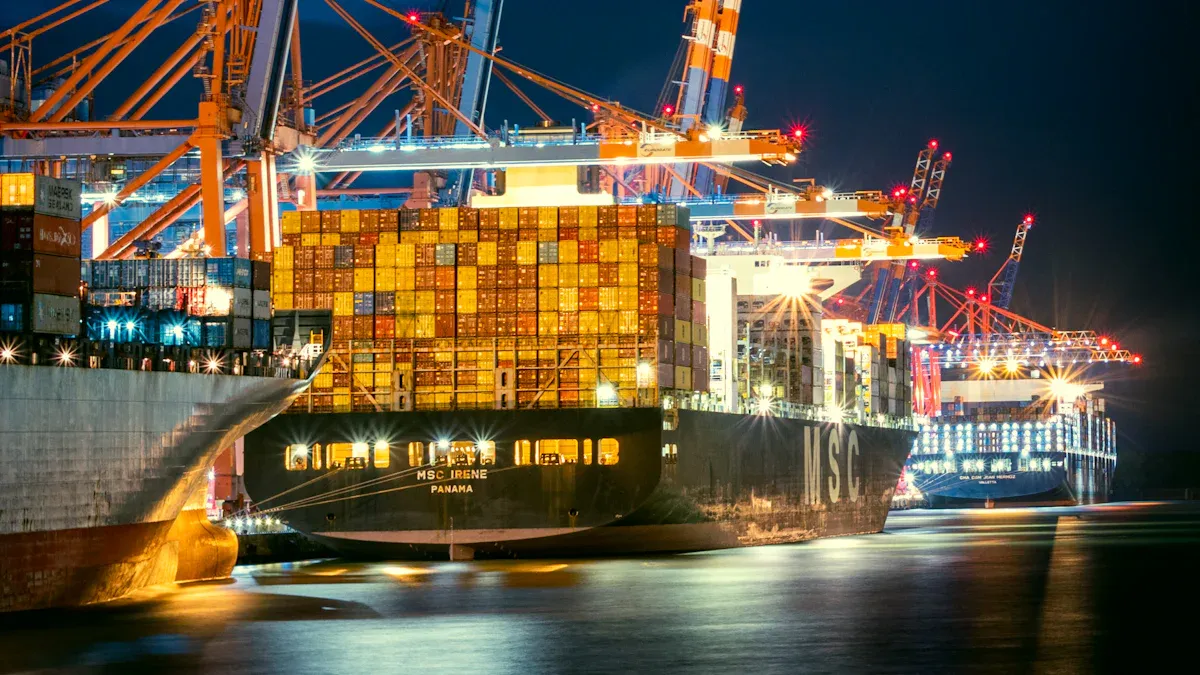
Cost, Speed, and Flexibility
You want your supply chain to be quick, flexible, and not too expensive. Multimodal transportation gives you all these things. You can pick the best route and switch between trucks, trains, ships, or planes. This helps you skip traffic jams, high gas prices, and slow times of year. You save money by picking the cheapest way for each part of the trip.
Companies save money by using rail for long trips. Rail uses less than half the fuel of trucks.
Air freight makes last-mile delivery faster and cuts total costs.
Multimodal transportation lets you manage inventory just-in-time. You do not need to keep lots of extra stock near customers.
You can put goods together at terminals and use standard containers. This lowers handling costs and helps you save more money.
You get better value and work faster because you can change your plan as things happen.
Multimodal transportation also makes deliveries faster. You can use trucks with drones or bikes in cities to skip traffic and double-parking. This means fewer delays and faster deliveries. You can use models to plan routes and schedules to avoid slowdowns. Multimodal transportation gives you smooth connections from start to finish.
Flexibility and reliability are big strengths of multimodal transportation. You can reach faraway places and change plans for your customers. Real-time tracking and risk tools help you see what is happening and stay in control. You can change routes and schedules when you need to, so your supply chain works better. This flexibility helps you keep up with demand and make your customers happy.
Tip: Multimodal transportation saves money, helps you deliver faster, and lets you change plans. You get better service and happier customers.
Technology and Digital Platforms
Technology helps multimodal transportation work well. You need real-time data, smart planning, and good communication. Artificial intelligence (AI) and the Internet of Things (IoT) are important. IoT sensors check temperature, humidity, and location. They send data from trucks, ships, and warehouses. AI looks at this data to find problems and pick the best routes.
IoT lets you watch and track cargo in real time. You always know where your goods are.
Predictive maintenance finds problems before they cause delays. This keeps your transportation running well.
AI helps you make better choices by looking at lots of data from sensors and platforms.
Blockchain makes things clear and safe. It automates contracts and stops arguments.
Real-time data lets you change routes if there is traffic, bad weather, or other problems.
Automation cuts mistakes and lowers costs.
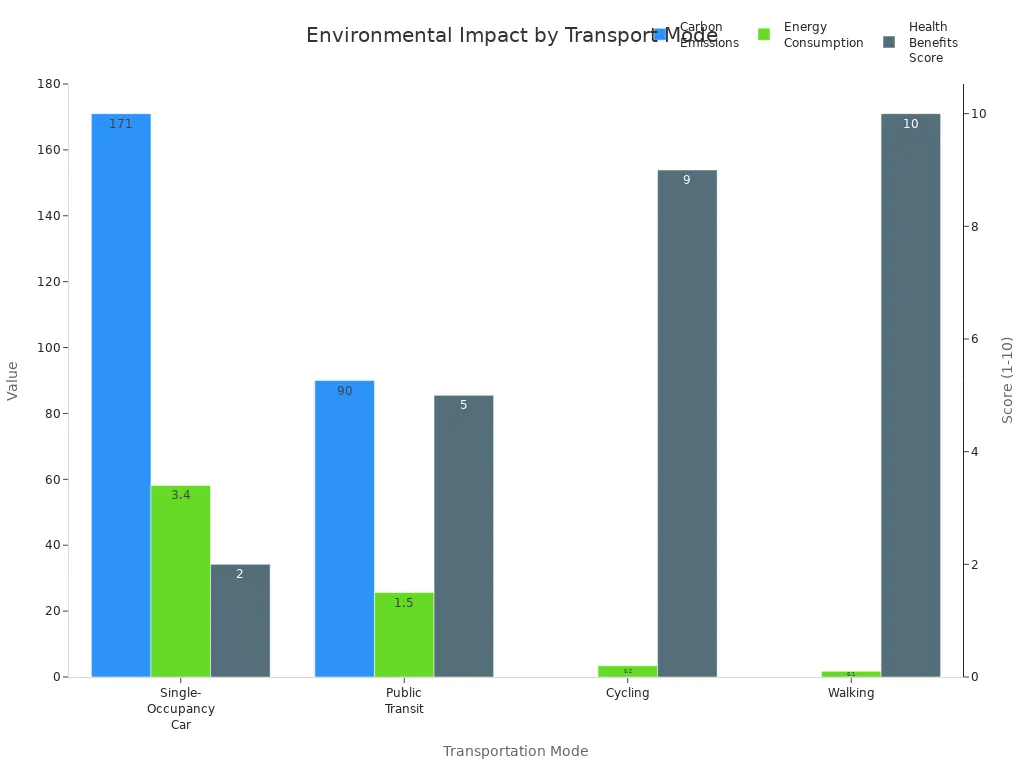
Multimodal transportation also helps the planet. You can plan routes that lower your carbon footprint. Using trains or hybrid trucks cuts pollution and fuel use. Cities like Copenhagen and Portland have seen fewer car trips and less pollution by building multimodal systems. You help the earth and make your company look good by picking green transportation.
Real-time tracking makes your supply chain more open. You can see everything from start to finish. This helps you spot risks and stop delays. You can watch shipments, check delivery goals, and plan better. This openness builds trust with your partners and customers.
Aspect of Transparency Improvement | Evidence / Statistic | Source / Impact |
|---|---|---|
Lets you watch shipments and act fast if there is a problem | Survey by Supply Chain Dive: 73% of leaders say operations got much better | |
Improved coordination | One platform puts all carrier data together | Gartner: 30% better coordination |
Risk mitigation | Real-time alerts find delays early | PwC: Predictive analytics can save up to $2 million a year by stopping delays |
Operational efficiency | Cuts lead times and bottlenecks | McKinsey: Up to 15% shorter lead times |
Vendor performance evaluation | Data helps you find good partners and make better deals | Deloitte: 15-25% better contract terms |
Sustainability and compliance | Picks routes that cut pollution and follow rules | International Transport Forum: Route optimization can cut emissions by 10% |
Customer satisfaction | Gives correct, fast shipment info | GoComet case: 20% fewer shipment delays, more trust |
Collaboration enhancement | One platform helps partners talk and work together | GoComet platform example |
JUSDA’s Intelligent Solutions
JUSDA is a leader in multimodal transportation with its JusLink platform. You get one platform that connects air, land, sea, and rail. JusLink uses IoT, cloud computing, and big data to let you work together and share information in real time. You can see your inventory, track shipments, and handle customs all in one place.
JUSDA’s platform helps you guess demand, plan deliveries, and manage shipping. You can work with many carriers and track your goods in real time. The system does customs and warehouse work automatically, so there are fewer mistakes. You save money and work better across your supply chain.
A real example is Sharp, a global appliance maker. Sharp had hard supply chain problems and high transportation costs. By working with JUSDA and using JusLink, Sharp got:
20% lower logistics costs
70% lower labor costs
30% faster order delivery
Sharp used multimodal transportation to pick better routes, manage inventory just-in-time, and make buying easier. JusLink gave Sharp real-time control and helped them react fast to changes and keep customers happy.
Multimodal transportation with JUSDA’s smart solutions gives you what you need to win in a fast-changing world. You get better prices, speed, flexibility, and help the planet. You can give better service, lower risks, and grow your business with confidence.
Strategies for Multi-Modal Transportation Success
Mode Selection and Risk Management
You must pick the best way to move your goods. This helps you save money and avoid problems. First, look at your product’s weight, size, and value. Check if it is breakable or goes bad fast. Think about where your goods are going and how far they must travel. Look at the roads and ports along the way. Compare each mode for how fast, costly, and reliable it is.
Mode | Speed | Cost | Reliability |
|---|---|---|---|
Air | High | High | High |
Road | Medium | Medium | Medium |
Rail | Medium | Low | High |
Sea | Low | Low | Medium |
You can spend less by picking the right mode for each shipment. Use strong packaging and teach workers to keep cargo safe. Real-time tracking and smart tools help you find problems early. Use different routes and carriers to stop delays. Always have backup plans for bad weather or broken equipment. These steps help your supply chain run well and let you pick greener ways to ship.
Leveraging Data and Collaboration
Data helps you make good choices in multimodal transportation. Gather and study facts about how much you ship, what it costs, and how long it takes. Use platforms like JUSDA’s JusLink to put together data from GPS, bills, and customer records. AI and IoT tools help you spot trends and plan better routes.
Work with partners using one transportation management system. This system lets you track shipments, fill out forms, and share updates right away. When you connect with suppliers and carriers on one platform, you work faster and make fewer mistakes. You also help the planet by picking routes that cut pollution.
Set clear goals and check your progress. Watch on-time deliveries, damage rates, and how well you use each mode. Regular checks help you find ways to get better. By using data and working together, you make your multimodal transportation stronger and ready for more global trade.
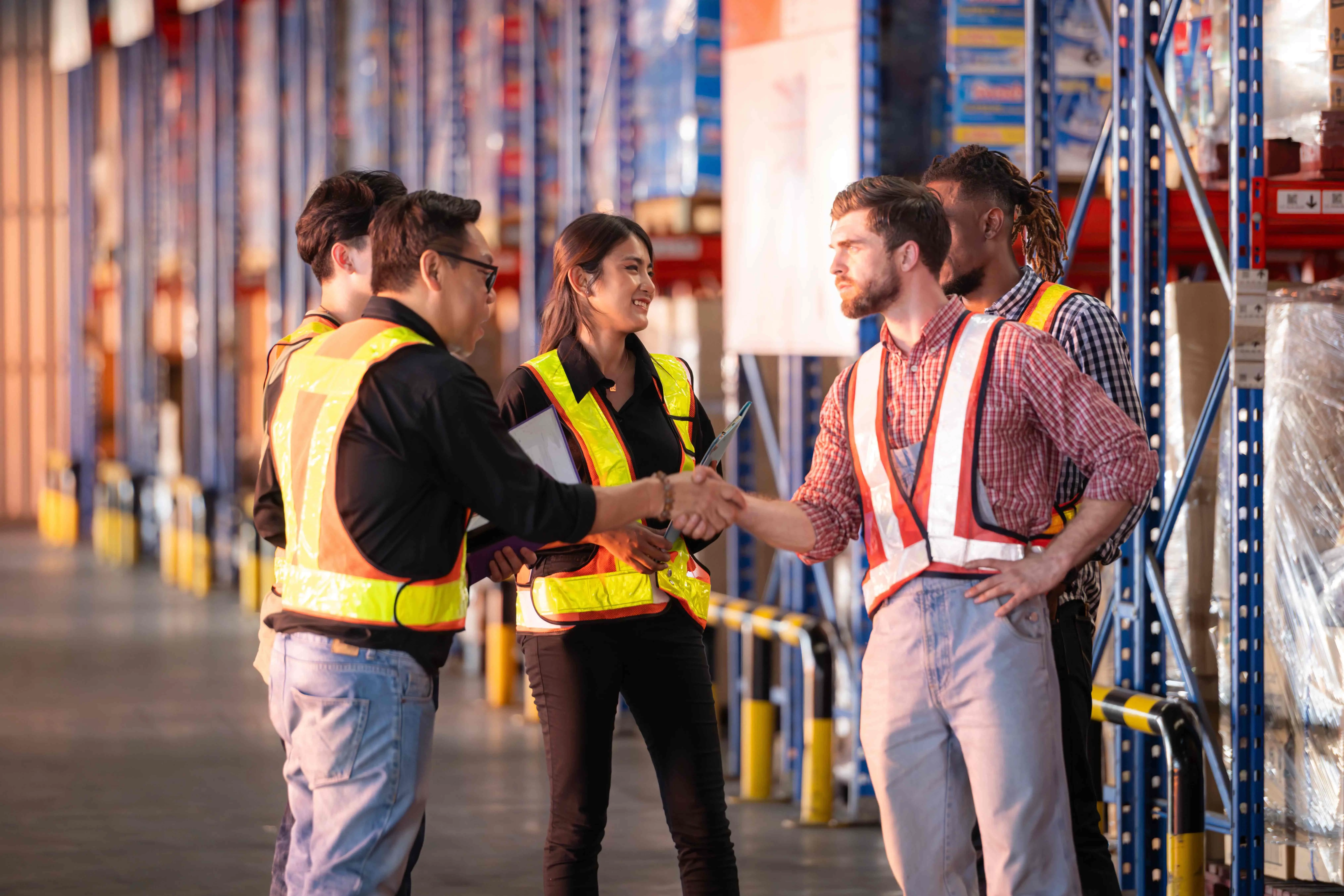
JUSDA Solutions
To provide you with professional solutions and quotations.
You can see that multimodal transport changes supply chains and makes them work better. JUSDA’s smart solutions help you handle higher costs and not enough workers.
Key Takeaways | Description |
|---|---|
Economic Impact | |
Innovation | Digital platforms and green logistics are important for the future. |
You will see more digital tools, eco-friendly ways, and new technology changing global logistics in the next few years. |
See Also
Preparing For Advances In Transportation Technology Within Supply Chains
How Artificial Intelligence Is Transforming Future Supply Chain Logistics
Harnessing AI Innovations To Boost Supply Chain Efficiency
